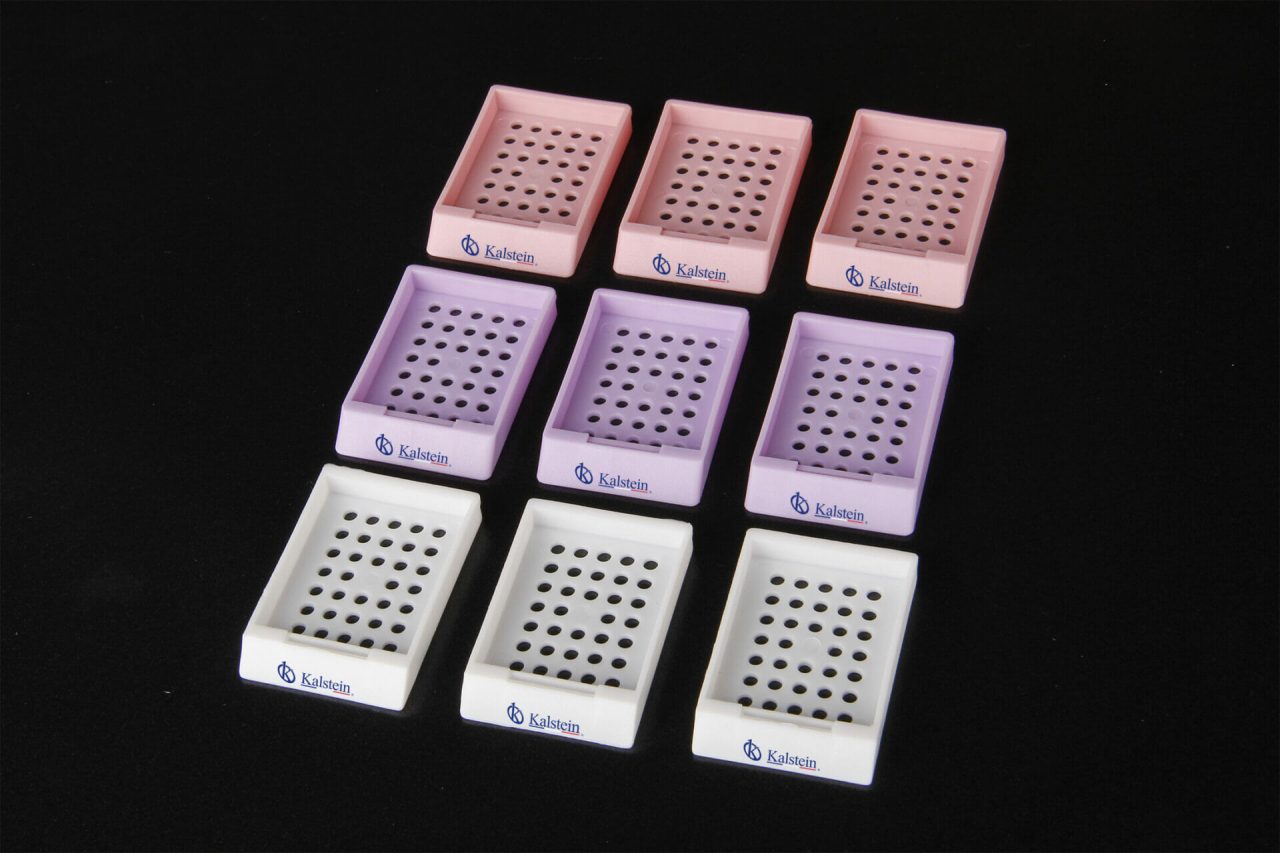Modern medicine is increasingly relying on laboratory test results to provide an accurate diagnosis of diseases, serious and non-serious, physicians will diagnose a disorder after receiving and examining the results of laboratory tests.
To obtain evidence of disease or disability, tests are examined to identify biological components, such as blood reagents, having a thorough understanding of how to incorporate the use of blood reagents into laboratory tests is vital to obtaining the most accurate results possible.
Blood reagents are produced using a variety of chemical additives, which form a safe mixture for use in patients
These can be purchased in a variety of different types, depending on the expected results; the most common types of blood reagents include phosphomolybdic acid-basic (PBMB), phosphomolybdic acid-strong (PFBF) and sulfonamide-basic acid (SASB).
Healthcare professionals must choose the appropriate blood reagent for the specific laboratory tests for which a blood sample is being analyzed.
Once the appropriate blood reagent has been chosen, the specialist must proceed to prepare a sample for testing
This is done by adding the blood reagent to the sample and mixing both parts carefully, in order to ensure the accuracy of the results, healthcare professionals must use careful technique during the procedure.
Thus; mixing should be done at a uniform level in order to ensure that the reagents are evenly distributed throughout the sample, in addition, it is important not to add an excessive amount of reagents to the mixing process, as this may affect the final results.
Processes to be carried out by the specialist for the analysis of the results using different methods
Once the mixing of blood reagents with the sample has been completed, the laboratory administrator must perform the relevant analyses to collect the results.
This involves a testing process involving various methods such as mass spectrometry, visual assessment, methylene blue staining, immunodiffusion reaction and measurement of chorioalbumin concentration.
Healthcare professionals should choose very carefully the reagent to work with, as they help them to obtain concrete results of the diseases
In summary; these methods are used to identify specific biological components in the sample that would indicate the presence of a disease or disability; the incorporation of blood reagents in laboratory analysis is vital to obtain an accurate diagnosis of serious and non-serious diseases.
Therefore, it is important for healthcare professionals to understand the importance of choosing the appropriate blood reagent, mixing it correctly with the sample and applying the proper methods to collect the results.
At KALSTEIN as a MANUFACTURING company, specialists will be able to get the reagents for their assays in good quality and at the best price
In the link below you will be able to choose the reagent that best suits your needs HERE
In Kalstein as a manufacturer company you can get the best reagents, just visit our website HERE to enjoy great deals and unbeatable prices, because we are MANUFACTURERS and we can guarantee your effective purchase.



